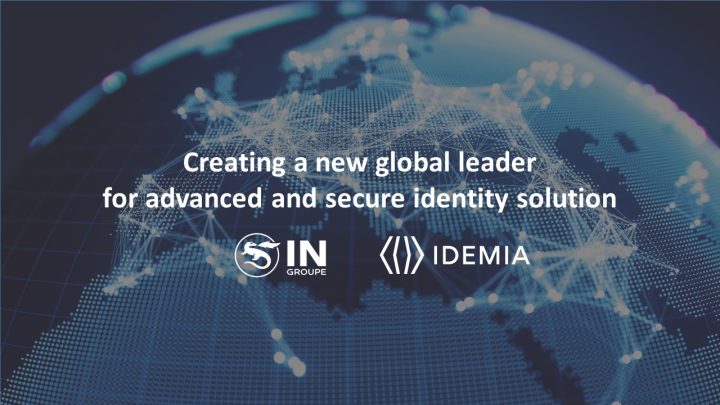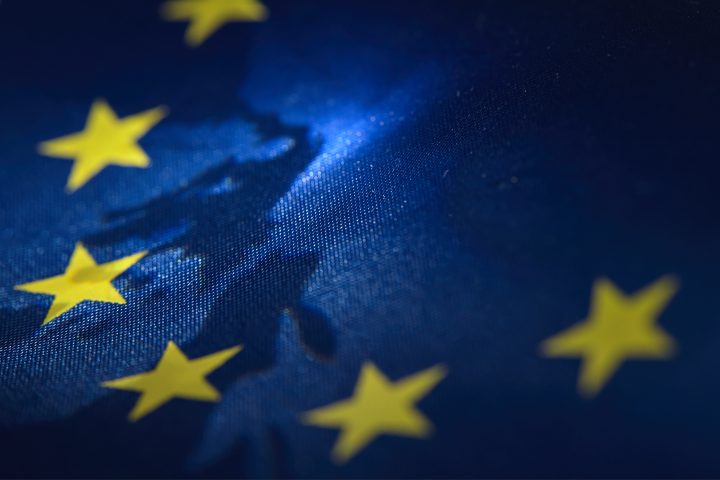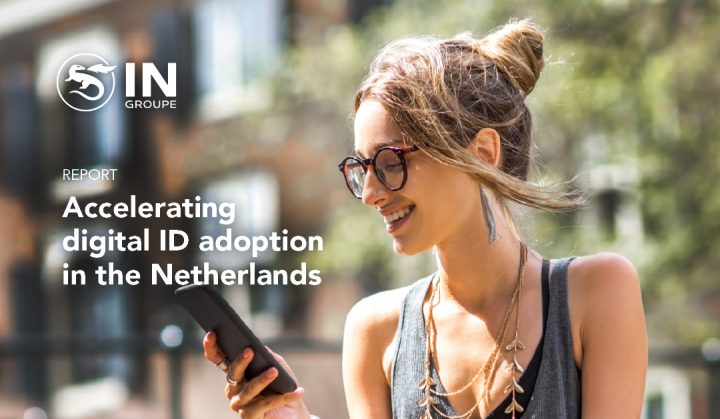Blockchain, a new foundation for digital trust?
In a context of increasing digitalization of exchanges, digital trust has become a major issue for States, citizens and businesses: does blockchain characterize a technological illusion or the foundation of a new digital trust?

Blockchain technology is becoming institutionalized
Since April 28, 2016*, French law has recognized the legal existence – mainly financial – of “Dispositifs d’Enregistrement Électronique Partagé (DEEP)” or “Shared electronic recording device”, better known to the general public under its English name of “blockchain technology”. More recently **, the French Language Enrichment Commission published a list of similar terms and definitions (“digital assets”, “clause executor automaton”, “cyberjeton”) to be adopted concerning this new technology and its applications, while reaffirming the importance of the use of French terms, in front of an international adoption of DEEPs.
This timid French normative and linguistic recognition testifies to the interest as well as the gradual adoption of this new technology, which technically revolutionizes the sharing of digital information, and theoretically, its approach through the market.
One technology, multiple definitions
From a strictly material and physical point of view, a blockchain represents only a network of computers – more or less numerous and powerful – which exchange information and data. It is therefore not so much the hardware infrastructure of this technology that is revolutionary, but rather its protocol and algorithms. The algorithms dictate to the computers that connect to them a new and unprecedented way of exchanging information with each other.
Most often, these connected computers dedicate part of their computing power to validating, recording and maintaining, in complete autonomy and simultaneously, a common log and history of the exchanges carried out by the users of a DEEP. The nature of these information transactions can vary according to the specific purpose of each DEEP: financial transactions (e.g. in the form of digital assets), contractual transactions (digital contracts), social transactions (electronic voting rights and electronic signature) or even phygital transactions (digital traceability of goods and physical products).
Therefore, the particularity of a blockchain lies in the fact that each computer on the network can respectively validate transaction requests, while simultaneously copying and then storing on each computer each of the transactions issued by all the network users. Thus, all the transactions validated by each machine are grouped into successive transaction blocks, cryptographically linked to each other in a consensual manner: a chain of blocks is formed.
Typically, the computers in a blockchain network are parcelled and distributed in different parts of the world, thus decentralising the log and history of data transactions. In the latter case, the blockchain network no longer requires the intervention of a centralised trusted third party to ensure the validity, continuity and maintenance of its users' digital transactions. In this way, the network is maintained by machines that together contribute to solving mathematical and cryptographic challenges, in order to validate blocks of transactions, without knowing or trusting each other.
A new digital economy of trust, involving a reduced role for centralised intermediaries, is emerging.
A new technical revolution, for a new digital confidence
The DEEPs offer optimum tolerance to possible data loss or corruption: all information exchanged is duplicated and available on every computer in the network. They cannot be modified or deleted without the unanimous agreement of the other computers. Consequently, a corrupted machine could be put in “quarantine” without the main network – i.e. the majority of the other machines – needing to be taken offline or maintained for its users.
This resilience of distributed registers makes them, by their very nature, a tool of choice for companies wishing to foster collaboration within and outside their organisation, while sharing their information and data in an accessible, fast, secure and unchangeable way.
In fact, blockchain technology hosts and groups together numerous technological variants, in the same way that the Internet today operates and hosts multiple technologies (artificial intelligence, connected objects) and applications (e-mails, social networks, corporate intranets).
In concrete terms, the different models and the number of computers connected to the network, their consensus, their methods of transaction validation or the more or less restricted access – either public, private or hybrid – to the transaction log and history can vary significantly depending on the desired purposes of each distributed registry technology. This is why there are today as many distributed registry technologies as there are ecosystems and actors attached to them.
As a result, blockchain technology makes it possible to respond to various sectoral and business innovation challenges: financial services (tokenisation*** of digital assets), transport and logistics (digital traceability of physical goods), public sectors (e-government and enhanced institutions), insurance (reliable, transparent and instantaneous insurance) or decentralised identity (sovereign digital identity of citizens, companies or even connected objects, based on a DEEP).
To sum up and in many uses, blockchain technology makes it possible to reduce the number as well as the degree of intervention of traditional trusted intermediaries: in theory, it allows the emergence of a new revolution in digital trust, while guaranteeing optimal technical and cryptographic trust for all its users.
Ultimately, DEEPs should continue to develop and prosper in front of a progressively digitalizing environment in which the notions of “digital dependency” and “digital trust” increasingly rhyme for businesses, institutions and citizens with the need for “digital sovereignty”.
More information:
* Ordinance n°2016-520 of 28 Avril 2016 (art. L.223-12 & L.223-13 of the Monetary and Financial Code), in application of the Macron law of 6 August 2015, gives blockchain technology its first legal recognition under French law.
** French Language Enrichment Commission. (2021, January). Vocabulary of digital assets (Text 108 of 142). Official Journal of the French Republic.
*** The tokenisation of assets consists in transposing intrinsic characteristics of blockchain technology - security, immutability, speed, transparency, uniqueness - to tangible assets (real estate, movable assets) or intangible assets (shares, characteristics of a character in a video game). In concrete terms, it is possible to transfer, immobilise or divide unique virtual representations of one's assets.





